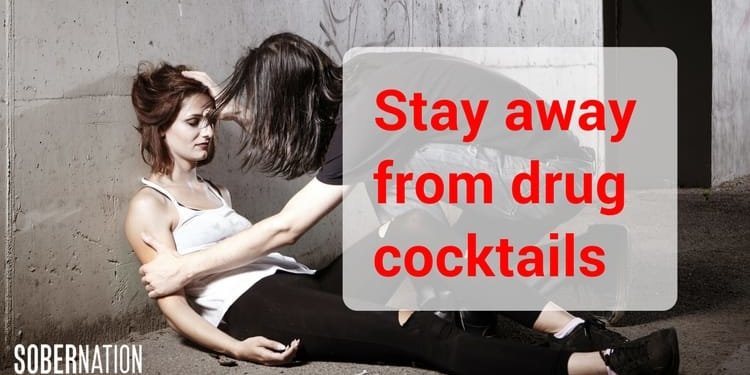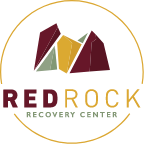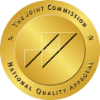Understanding the real dangers
The problem is, polydrug use is extremely dangerous, posing a high risk for drug overdose and other serious health complications. So much, in fact, that it is driving millions of people to emergency departments each year. It is estimated that about 600,000 annual ER visits are related to the use of drugs and alcohol in combination. And just years ago, experts revealed that the majority (56 percent) of illicit drug-related ER visits involved more than one drug. Depending on the substances at play, these polydrug combinations can prove fatal.
One of the most threatening polydrug recipes of all is the combination of cocaine and opiates. Together, their effectiveness increases twofold. Yet cocaine and opiates are two chemically opposing drugs, especially once they hit the body.
Cocaine is a stimulant that produces a powerful and fast-acting high. Opiates, whether in the form of heroin or prescription painkillers like OxyContin, are depressants that stay in the body much longer. Opiate drugs slow the heart down. Cocaine increases a user’s heart rate. So when taken simultaneously, the heart runs the risk of losing its rhythm and users may experience a heart attack or stroke. Fatal respiratory depression is also a high risk of the cocaine-opiate combo, and remains the most common cause of death related to polydrug abuse today.
This is just the beginning. Other potentially-fatal polydrug combinations include, but are not limited to:
- Benzodiazepines (sedatives) and opiates (such as heroin)
- Benzodiazepines and alcohol
- Cocaine and alcohol
- Ecstasy and alcohol, due to an imbalance of thermal regulation and dehydration in the body
- Stimulants, including prescription drugs like Adderall, mixed with other stimulant types (energy drinks, caffeine pills, etc.)
- Antidepressants and MDMA
The question remains
Why do people continue to try dangerous drug mixtures despite the known consequences? Why would our loved ones choose to make these deadly drug cocktails in the first place?
Part of the problem is a lack of awareness. Especially among teens and young adults, we cannot always know or predict the chemical interactions that could happen between two different drugs. Even if we know the separate risks of each drug (e.g. cocaine can cause heart attacks; heroin can induce a coma), their interplay is not often thought of or understood.
The other issue is that most users are not thinking rationally when making these risky decisions. Drug addiction is a disease of the brain, and those struggling with it are often compelled by obsessive and uncontrollable behaviors. When they need a fix, they may do everything in their power to get it, without thinking twice about it. This is how the addicted brain is re-wired. Drug abuse is not a choice, but rather, a compulsion.
This is also particularly true among adolescents and young adults, who are naturally prone to risky and impulsive behaviors, and whose brains are especially vulnerable to drugs. They may think that one drug is not enough. They may think that more drugs equal more fun. They may try to maximize or prolong their highs by using multiple substances at the same time.
Because polydrug use enhances the rewarding effects of drugs, and because a polydrug high is so intense, it greatly increases a user’s chances of becoming addicted. And when a polydrug addiction is present, when polydrug abuse becomes a regular occurrence, the chances that a user will overdose also increase exponentially.
This is no joke and you may need to get some help
If you or a loved one is struggling with a polydrug dependency, we encourage you to seek help as soon as possible. Even if it has just been a few occurrences of polydrug abuse, or only lingering suspicions of such, we recommend acting on them instantly. Do not wait for things to get worse. Do not wait for your loved one to ask for help; in the case of a polydrug addiction, users are especially resistant and unwilling to get treatment.
Original Article re-printed here with permission from SoberNation.com
Red Rock Recovery Center is a Colorado state licensed substance abuse extended care treatment program designed to help you or your loved one recover from the struggles associated with alcoholism and drug addiction. Located in Denver, Colorado we offer a safe haven for those afflicted by the ravages of untreated addiction. Our program is based on a compassionate 12-step model that applies behavioral as well as life skill therapies, which will enable our clients to heal and recover.
#recovery #drugrehab #redrockrecovery




